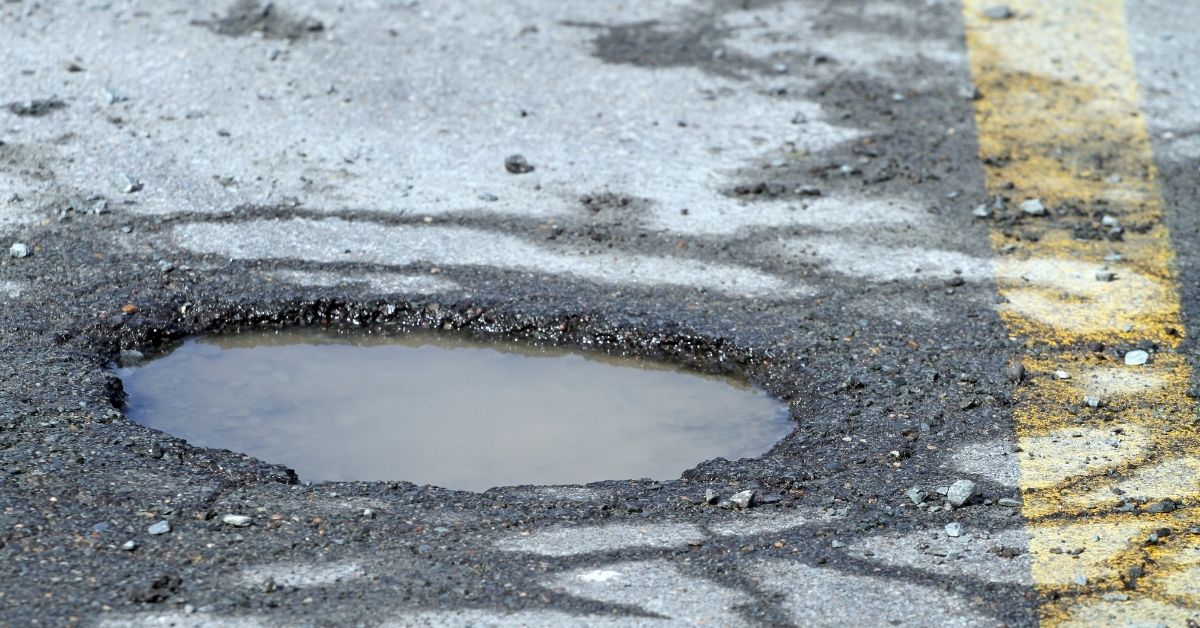California Car Seat Laws

If you will be driving in California with children it is important to be fully aware of California Carseat Laws. If you are traveling to California with children and will be driving with them in a car, you will want to be aware that California Laws may be different than carseat laws in your home state.
What are California Car Seat Laws?
California State Law imposes two basic car seat laws for children. First, all children under the age of eight years of age must sit in the back of a car. Second, while in the back seat of the vehicle, children must be secured in a child restraint seat that is appropriate for their age and weight.
California Highway Patrol has specifics to age, weight and child restraints for California Drivers.
Current California Law:
- Children under 2 years of age shall ride in a rear-facing car seat. Unless the child weighs 40 or more pounds OR is 40 or more inches tall. You must comply with the height and weight limits specified by the manufacturer of the car seat.
- Children under the age of 8 must be secured in a car seat or booster seat in the back seat.
- Children who are 8 years of age or have reached 4’9” in height may be secured by a booster seat. At a minimum must be secured by a safety belt.
- Passengers who are 16 years of age and over are subject to California’s Mandatory Seat Belt law.
When can a child graduate to a booster seat?
California law does not address graduation time from a five point harness to a booster seat. In the interest of safety, do not rush to move a child into a booster seat before they’re ready. Each time you “graduate” your child to the next seat, there’s a reduction in the level of protection for your child. Keep your child in each stage for as long as possible.
A child is ready for a booster seat when they have outgrown the weight or height limit of their forward-facing harnesses. This is typically between 40 and 65 pounds. Read the forward-facing car seat’s owner’s manual to determine height and weight limits for your particular car seat. Additionally, keep your child in a harnessed seat for as long as possible.
Children at this stage are not yet ready for adult safety belts and should use belt-positioning booster seats until they are at least 4’9″ and between 8 and 12 years old. Safety belts are designed for 165-pound male adults, so it’s no wonder that research shows poorly fitting adult belts can injure children.
Can a Child Ever Ride in a Front-Seat Restraint System?
Yes, there are certain exceptions to the law that allows children to ride in a front seat restraint system. If you find yourself in a situation where one of these arise, your child will be legally allowed to ride in the front seat rest aright.
- there are no rear seats
- rear seats are side-facing jump seats
- the rear seats are rear facing seats
- a child passenger restraint system cannot be installed properly in the rear seat
- medical reasons that require the child not to ride in the back seat.
It is important to note that children may not ride in the front seat of an airbag equipped vehicle if they are in a rear-facing child passenger restraint system.
What are the Penalties for Violating the California Car Seat Laws
If a driver in California violates one of the child car seat laws, they will receive a ticket and must pay an associated fine.
The fine for not using a child restraint system, or using the wrong one is
- $100 for the first violation
- $250 for every violation thereafter.
Drivers that violate the California Car Seat Laws will also receive one point on their DMV driving records. Points placed on a person’s driving record get reported to that persons insurance carrier. The result of points is typically an increase in that persons insurance rate.
Can You Contest a Ticket for Violating the California Car Seat Laws?
Yes, if you receive a ticket for violating the California Car Seat laws you can contest it with legal defense. There are three common defenses in car seat violation cases. These include a defendant showing that an emergency made it impossible to use a child restraint system. Additionally, they can prove that the child in question has a medical condition or pediatric medical reason making the law impractical to follow. Last, the parent or legal guardian of the child was a passenger in the motor vehicle.
Contact a Car Accident Attorney Today
If you or a loved one violated the California Car Seat laws, feel free to reach out to B|B Law Group for a free consultation. Our personal injury attorneys provide both free consultations and legal advice that you can trust.


